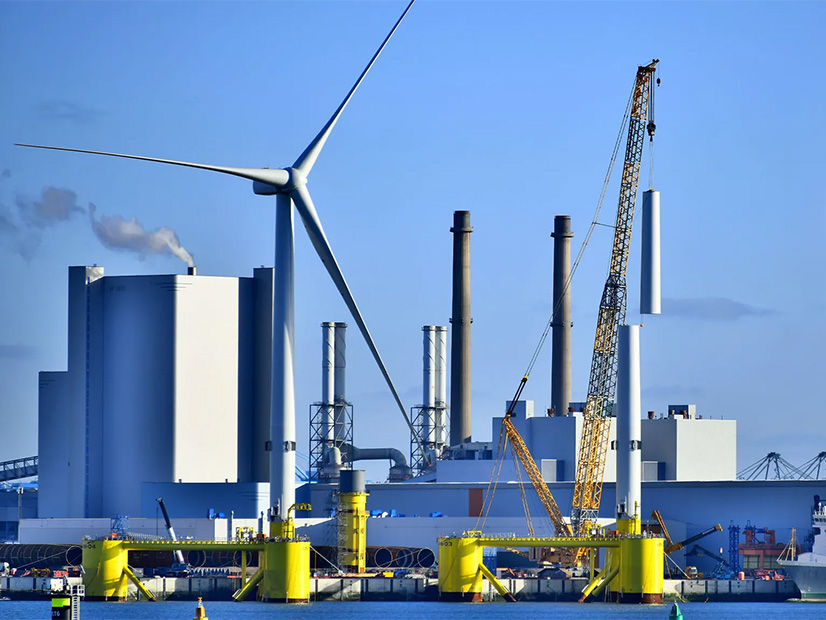
The California Energy Commission postponed its expected vote this week to establish offshore wind targets after stakeholders argued in a May 18 workshop that the commission’s proposed goals of 3 GW by 2030 and 10 to 15 GW by 2045 are too conservative.
“In light of new information submitted during the workshop and public comment opportunity … [including] studies released after the draft report posted … Commissioner [Kourtney] Vaccaro will conduct a public workshop to further examine this new information to consider possible changes to the draft report recommendations for megawatt offshore wind planning goals for 2030 and 2045,” a CEC statement announcing the change said.
The CEC had not posted the date of the planned workshop as of Thursday.
The draft report proposing the targets stemmed from last year’s Assembly Bill 525, which required the CEC, by June 1, to “evaluate and quantify the maximum feasible capacity of offshore wind … [and to] establish megawatt offshore wind planning goals for 2030 and 2045.” The effort is intended to contribute to the state’s goal under Senate Bill 100 to supply all retail customers with 100% clean energy by 2045.
In written comments to the CEC, a group of University of California, Berkeley, scientists recommended the state set a goal of 50 GW by 2045, based on the National Renewable Energy Laboratory’s (NREL) estimate that California coastal waters have a “technical potential” for 200 GW or more of offshore wind.
Technical potential is the amount of offshore wind capacity that could be developed “while taking into account exclusion factors related to water depth, mean wind speed, industry uses and environmental conflicts,” NREL said in an October 2020 report. “By contrast, gross potential is the capacity without these exclusions.” NREL estimated the state’s gross potential at nearly 1,700 GW.
“Our view is that the maximum OSW capacity is significantly higher than the reference potential [of 21.8 GW] considered by the CEC, and that CEC should consider higher 2045 planning goals that reflect the updated technical-potential finding of 200 GW,” the scientists wrote. “We suggest a 50 GW planning goal for 2045 … [because it] would reflect full consideration of the immense benefits to the grid of offshore wind.”
Molly Croll with wind developer Avangrid Renewables said at the May 18 workshop that her company agreed with the CEC’s proposed 3-GW goal by 2030 but recommended setting the 2045 goal higher at 18 to 20 GW. (See OSW Advocates Urge California to Think Bigger.)
Kelly Boyd, business development lead with wind developer Equinor USA, said the state’s proposed target of 3 GW of offshore wind by 2030 “is a modest initial goal, especially if we want to get to 20 GW or higher at some point.”
Whether the CEC can meet AB 525’s requirements by June 1, a week away, is now in doubt, and the commission has not said how it expects to get around the legislature’s directive.


